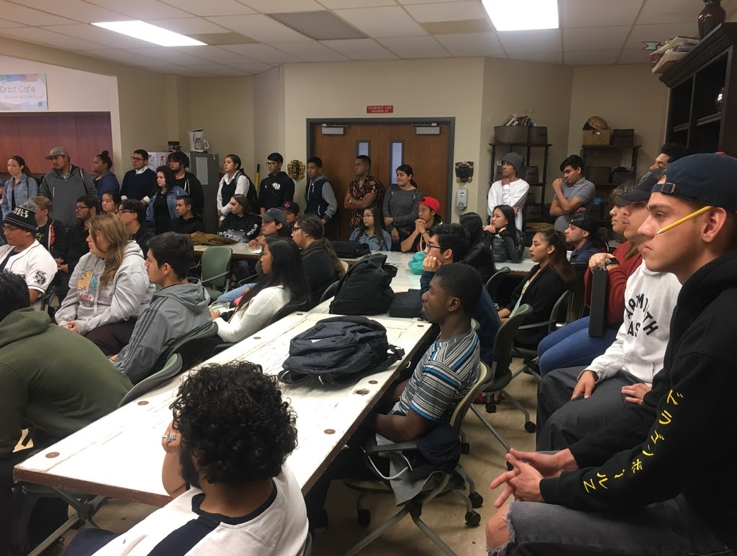
Strategies to Enhance Ambitious
Initiatives on Campus
Strategies to Enhance Ambitious Initiatives on Campus
Many teachers harbor ambitious initiatives that they would love to see come to fruition on their campus and even in the wider community. (And when it comes to the Climate Crisis, anything LESS than ambitious will not do.) Yet, for many of these same teachers, the prospect of calling meetings, looking for buy-in, finding funding, dealing with red tape of all kinds, bucking the institutional culture--all of this is SO daunting that many teachers don't make it out of their office to start the process. The TEA team understands the challenges that teachers face. A central service we provide is to nurture and support and advise faculty as they implement ambitious initiatives that confront the Climate Crisis. Below are a number of very effective strategies that will help faculty move their initiative from dream to fruition.
Create an Emotional Space: conducive to this work--a space that dignifies the participants’ attendance, a space that is: Safe, Fun, Creative, Surprising. A space that doesn’t feel like “one more meeting.”
No Busy Work: whatever faculty and staff are asked to do, it must feel real, and must intersect with the core of their daily professional life as much as possible.
Inquiry: it goes by a number of names, Faculty Inquiry, Action Research, Faculty Cohorts. It is a powerful way to shape the work, to bring rigor and formality and responsibility to the work. Inquiry can be thought of as on-the-ground real time research into the work we are doing in the classroom or across campus.
Ask for Deliverables: faculty and staff respond to being asked to create “products” that represent what they have been doing. These don’t have to be all-encompassing research documents, especially early on in the process. They may be a short movie, a web product, a summary of student evaluations about the new strategy that was tried out, etc.
Attune ourselves to the fact that “data is everywhere.” While it’s true that IR type data matters immensely, in the early stages of serious curricular or programmatic redesign it doesn’t yet exist. But other early indicators can be identified and teased out.
Get Student Voices into the mix: You will not regret this. They can of course be the objects of your inquiry, as interviewees, or as “witnesses” to their own education. Furthermore, students can work side-by-side with faculty teams as co-inquirers.
Show them the money: Funding and monetary streams are an unavoidable part of the college, but too often faculty don’t familiarize themselves with how it works, and more importantly, the financial implications of the creative changes they are considering. When faculty and staff go into meetings armed with “the numbers” it puts them in a position to leverage their good ideas.
Hone Institutional Navigation strategies and savvy: Once faculty and staff leave the safe Space that has been created, they will be back out in the larger world of their departments and campus. They need to be prepared to “sell” their innovations.
The work may end, but the mindset developed to do this work stays: faculty tell TEA that doing this kind of work--integrating Inquiry principles, getting students in play--all this becomes a deep part of faculty professional identity. A college campus full of people who operate this way really strengthens the campus fabric.

